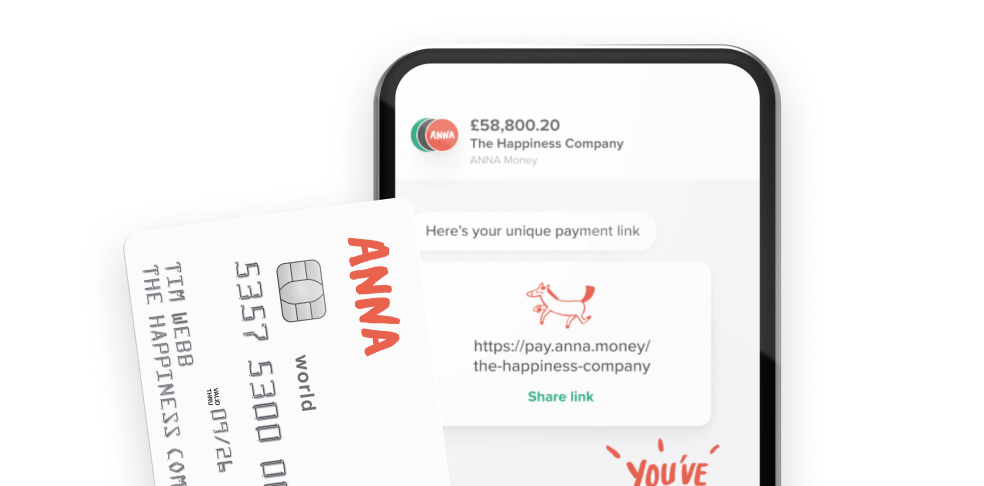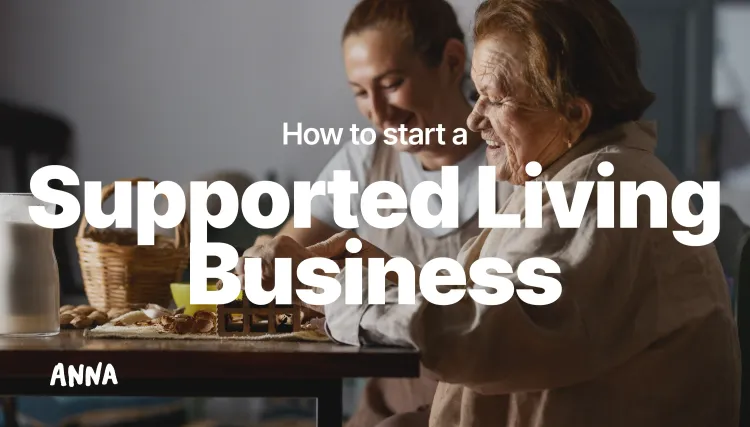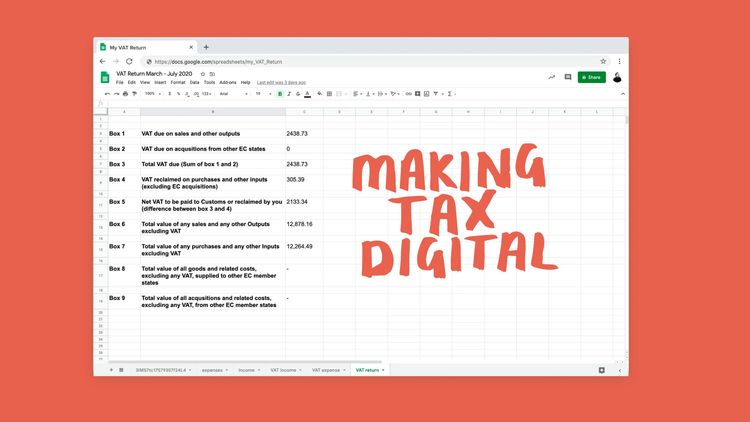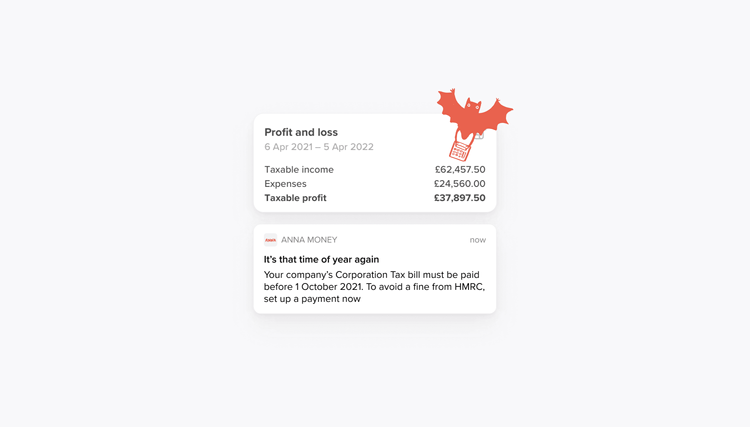What is the VAT Registration Threshold in the UK


Not sure whether or not to register for VAT? Struggling with making sense of your VAT obligations? Here’s everything you need to know about VAT in the UK.


- In this article
- What is the UK VAT Threshold?
- Current VAT Thresholds
- What is Taxable Turnover?
- VAT Registration Thresholds and Accounting Schemes
- Registering for VAT
- Consequences of Exceeding the VAT Registration Threshold
- How to Stay Under the VAT Threshold
- FAQs
- VAT Compliance Is Crucial to the Future of Your Company
If you run any type of business in the UK – including sole trader operations – you’ll need to know about VAT thresholds, how they’re calculated and how they’re applied. Fortunately, you won’t need to go anywhere else for the information you need. This is our comprehensive guide to understanding the UK’s current VAT threshold.
What is the UK VAT Threshold?
The VAT threshold in the UK is the annual taxable turnover at which businesses become liable for VAT. Businesses whose turnover reaches or exceeds this threshold must apply value added tax to all their charges for products and services.
While any business has a mandatory obligation to register for VAT with HMRC when its taxable income exceeds the threshold in a 12-month period, it is possible to voluntarily register. And as we’ll learn later, there are good reasons to do this.
Current VAT Thresholds
In the UK, there’s one VAT threshold of £90,000, and there are currently three main rates. It’s important to know which one applies to your business, as ignorance is not a defence when it comes to undeclared VAT.
Standard Rate
The standard VAT rate is 20% and applies to most goods and services.
Reduced Rate
Some goods and services qualify for a reduced VAT rate of 5%. These include domestic fuel and power, children’s car seats and certain other items.
Northern Ireland Rate
If you’re selling goods from Northern Ireland to customers based in the EU, you will need to register for VAT in EU countries if your sales to the bloc exceed £8,818 as of December 2025.
Note: There is a zero rate, too. This applies to fresh, unprepared foods and children’s clothes.
Calculating VAT
To calculate the VAT on a sale, you’ll need your gross sales and the current UK VAT thresholds.
Standard Rate (20%): Multiply the ex-VAT price of goods or services by 0.2 and add this VAT amount to the original price to get the total price including VAT.
Reduced Rate (5%): Multiply the ex-VAT price by 0.05 and add this VAT amount to the original price.
VAT Deregistration
If you’re already registered for VAT, but your sales have dropped and you now want to deregister, you can do so online with HMRC. As long as your taxable turnover is lower than £88,000 or you stop making taxable supplies, you'll be able to deregister from VAT.
How UK VAT Thresholds Have Changed Over the Years
The long-term trend is for VAT thresholds in the UK to increase; mostly in line with inflation, but not always. The main UK threshold has crept up consistently over the last decade.
 UK VAT thresholds over the years
UK VAT thresholds over the yearsAs you can see, the UK’s VAT threshold remained the same for seven years before it was increased in 2024:
- 2026-2027: £90,000
- 2025-2026: £90,000
- 2024-2025: £90,000
- 2023-2024: £85,000
- 2022-2023: £85,000
The increase to £90,000 in April 2024 marked a significant change after several years of stability. As of December 2025, this threshold remains at £90,000, with the next review expected in the upcoming fiscal announcements.
What is Taxable Turnover?
Taxable turnover refers to the total value of taxable sales (aka “taxable supplies”, as officially designated by HMRC) made by a business in the course of its operations, excluding VAT. It includes all sales of goods and services that are subject to VAT, whether at the standard rate, reduced rate or zero rate.
Taxable turnover excludes VAT-exempt amounts, such as certain financial services, insurance and some property transactions, however. It’s vital that you know your exact taxable turnover for the previous financial year, as well as your projected tax turnover for the current year.
If you’re in any doubt, contact a company taxation specialist or an accountant for help. You can always check with our AI Tax Chatbot available 24/7 for free. In addition if you open an ANNA business account you will have all your VAT sorted automatically at a fraction of the cost of an accountant.
VAT Registration Thresholds and Accounting Schemes
Managing VAT can be a time-consuming and laborious process. If you want to simplify it, you can register with HMRC for one of its VAT Accounting schemes.
Flat Rate VAT (FRS) Scheme Threshold
You can apply for the Flat Rate VAT Scheme if your taxable turnover is up to £150,000, and you can leave the scheme to join another scheme when your income exceeds £230,000.
This is a simplified method of accounting for VAT designed for small businesses. Instead of calculating and reclaiming the VAT on each purchase and sale individually, you simply pay a fixed percentage of your business’s turnover to HMRC. The flat rate percentages for different sectors range from 4% to 14.5%.
Under the scheme, you can't reclaim VAT on your purchases and expenses, except for certain capital assets over £2,000 (including VAT).
Also, you must still issue VAT invoices to your customers at the standard rate.
Flat Rate VAT (FRS) Scheme Example:
If you prefer a simpler way to manage your VAT obligations, you might consider the Flat Rate VAT Scheme. Say for example you are someone who works in the creative industry, you would apply a fixed percentage (11%) to your total sales and pay that amount to HMRC, without the need to calculate VAT on each transaction. Depending on your industry sector, the flat rate percentages may be lower than the standard VAT rate. This could potentially result in savings for your business, as you pay VAT at a lower rate than you would under the standard scheme. But you need to remember that is not the goal of this scheme – the goal is to create simplicity and certainty of the level of VAT that you will be paying
VAT Cash Accounting Scheme Threshold
This scheme is available for businesses with a turnover of up to £1.35 million. Under this scheme, businesses only need to account for VAT on their sales and purchases when they receive payments from their customers or make payments to their suppliers.
VAT Cash Accounting Scheme Example:
If you experience delays in receiving payments from your clients, the VAT Cash Accounting Scheme could be beneficial for you. With this scheme, you only need to account for VAT when you receive payments from your customers, helping you manage your cash flow more effectively.
Annual Accounting Scheme VAT Threshold
The VAT threshold for eligibility to join the Annual Accounting Scheme is £1.35 million or less in estimated VAT taxable turnover over the next 12 months. This scheme allows businesses to submit only one VAT return annually instead of the usual four.
Annual Accounting Scheme Example:
If you prefer a simplified approach to VAT reporting, the Annual Accounting Scheme might suit your needs. Especially you have fluctuating income, you would only need to submit one VAT return annually, reducing the administrative burden of quarterly filings.
Registering for VAT
You must register for VAT with HMRC if your VAT taxable turnover for the previous 12 months exceeded the current threshold of £90,000. But beware: the rules also state that you must register if you expect your current annual turnover to exceed the VAT threshold within the next 30 days.
Note for international businesses: HMRC requires UK VAT registration for overseas businesses that supply goods to businesses and individuals within the UK.
Of course, you can voluntarily register for VAT at any time. Some companies do this for reputational purposes or if they’re requested to provide VAT details by customers.
Mandatory VAT Registration without a Threshold
In some cases, businesses are required to register for UK VAT regardless of their turnover – meaning there's no specific threshold to meet. This applies to businesses involved in certain types of transactions, such as importing goods from outside the UK. Additionally, businesses that anticipate their annual total VAT taxable turnover exceeding £90,000 within the next 30 days must also register for VAT, even if they haven't reached the threshold yet.
Registering for VAT Voluntarily
If you want to reclaim VAT on purchases to improve your business’s cash flow, enhance your professional image, open up new sales opportunities or need to backdate VAT payments, you can voluntarily register.
Consequences of Exceeding the VAT Registration Threshold
If you exceed the UK VAT threshold that applies to your business, the consequences can affect your business’s image and financial standing.
- Mandatory registration
- Penalties based on the amount of VAT that should have been charged since the date of eligibility and how late the registration is
- Increased complexity of your accounting processes
- Potential loss of trust among customers and suppliers
- Risk of HMRC investigation
It's vital that you keep a close eye on your YTD accounts. If you expect your annual taxable turnover to exceed the current VAT threshold within 30 days, you MUST register for VAT. With ANNA business account you won’t have to worry about it though, we will let you know when you will be approaching the threshold and assist you with the registration process.
How to Stay Under the VAT Threshold
If you don’t want to register for VAT, you can restrict your sales as they approach the UK VAT threshold. Other legitimate options include incorporating into a limited company in order to reset VAT turnover and splitting your business into two entities.
FAQs
Is the VAT threshold based on profit or turnover?
The VAT threshold is determined by turnover, not profit. It's the total taxable turnover of a business that matters.
Is it better to stay under the VAT threshold?
Staying under the VAT threshold can streamline administrative tasks and cash flow management, especially for small businesses. However, limiting sales is always a risky decision.
Are there any special considerations for VAT thresholds for e-commerce or online businesses?
E-commerce or online businesses may face unique challenges due to international sales and variable turnover. Compliance with VAT rules across different jurisdictions and monitoring turnover fluctuations are crucial. This is why most e-commerce businesses turn to professionals for help.
Can seasonal fluctuations in turnover affect VAT registration thresholds?
No, thresholds are always set by HMRC in advance, and they don’t change. However, seasonal turnover fluctuations can impact VAT registration requirements. Temporary spikes in turnover may push a business over the threshold during certain periods.
What are the consequences of incorrectly assessing or exceeding the VAT threshold?
Incorrectly assessing or surpassing the VAT threshold can lead to penalties and interest charges from HMRC.
Is there a grace period for businesses that exceed the VAT threshold temporarily?
If you can demonstrate that your breach of the VAT threshold was temporary, you may apply for an exception. You'll need to provide information on when you exceeded the threshold, when your turnover returned below it, and reasons for the temporary breach. However, there is no standard grace period.
Are there any VAT Threshold exemptions or reduced thresholds for specific industries or sectors?
No, the UK’s VAT threshold applies to all companies. However, VAT rates are zero, 5% and 20%. The only difference relates to businesses in Northern Ireland who are selling goods and services to the EU. The threshold as of December 2025 was £8188.
What to do if you have raised sales invoices to customers during when you should have been VAT registered?
You can re-issue corrected invoices to your customers, including the VAT amount. For instance, if your previous invoice totalled £1,000 and the VAT rate is 20%, you should calculate the VAT at £200 (20% of £1,000) and issue a corrected invoice for £1200.
Alternatively, if you prefer to absorb the extra cost without passing it on to your customers, you can treat the £1,000 as the gross amount, including VAT. However, it's crucial to note that VAT must be calculated as a percentage of the net sale. Therefore, if you present the total sale as £1000 including VAT, the correct net sale would be approximately £833.33, and the VAT amount would be approximately £166.67.
VAT Compliance Is Crucial to the Future of Your Company
Monitoring your taxable income is crucial, as the consequences of exceeding the VAT registration threshold are serious. However, by enlisting professional business accounting and taxation specialists, you’ll remain fully compliant with your VAT obligations without stress or hassle.
Sources
Read the latest updates
You may also like
Open a business account in minutes



![How to Start a Currency Exchange Business in the UK [Guide]](https://storage.googleapis.com/anna-website-cms-prod/medium_Cover_3000_Landscaping_Business_Names_Creative_Name_Ideas_daad2f9e2a/medium_Cover_3000_Landscaping_Business_Names_Creative_Name_Ideas_daad2f9e2a.webp)




![140 Creative Tutoring Business Names [Ideas & Examples]](https://storage.googleapis.com/anna-website-cms-prod/medium_Cover_3000_Landscaping_Business_Names_Creative_Name_Ideas_d7964059b3/medium_Cover_3000_Landscaping_Business_Names_Creative_Name_Ideas_d7964059b3.webp)

![How to Start a Self-Employed Business in the UK [Guide]](https://storage.googleapis.com/anna-website-cms-prod/medium_Cover_3000_Landscaping_Business_Names_Creative_Name_Ideas_fe5b6edef1/medium_Cover_3000_Landscaping_Business_Names_Creative_Name_Ideas_fe5b6edef1.webp)
![How to Start an Electrician Business in the UK [Guide]](https://storage.googleapis.com/anna-website-cms-prod/medium_Cover_3000_How_to_Start_a_Car_Detailing_Business_Successfully_74488a6268/medium_Cover_3000_How_to_Start_a_Car_Detailing_Business_Successfully_74488a6268.webp)








![How to Check a UK VAT Number [Comprehensive Guide & Tips]](https://storage.googleapis.com/anna-website-cms-prod/medium_a_Ewt17_NJE_Fa_PX_8u_L_Cover3000_Howtochecka_UKVAT_Number_5c361cc53b/medium_a_Ewt17_NJE_Fa_PX_8u_L_Cover3000_Howtochecka_UKVAT_Number_5c361cc53b.webp)



![Can a UK Company Register for VAT in Ireland? [Full Guide]](https://storage.googleapis.com/anna-website-cms-prod/medium_Cover_Large_d5917ee7e3/medium_Cover_Large_d5917ee7e3.webp)
